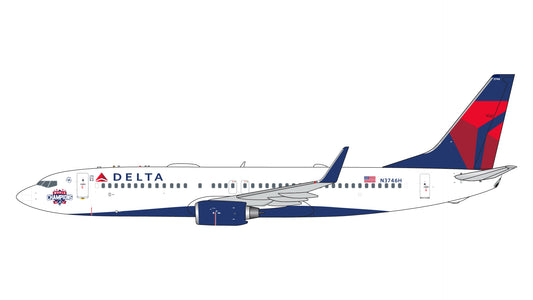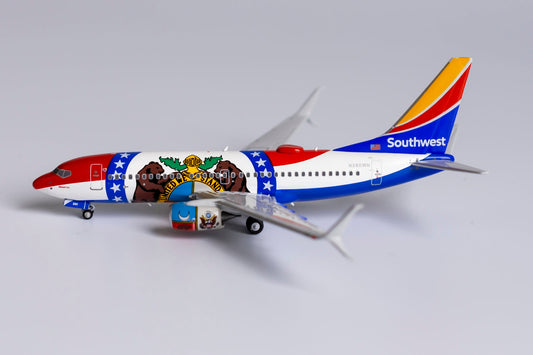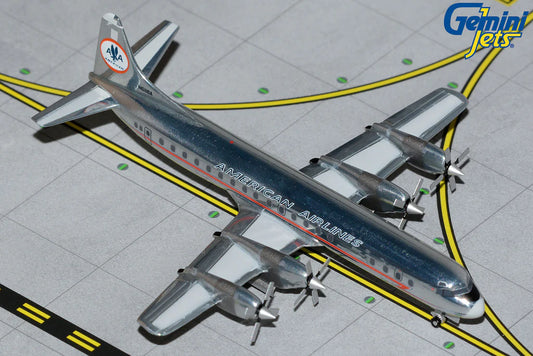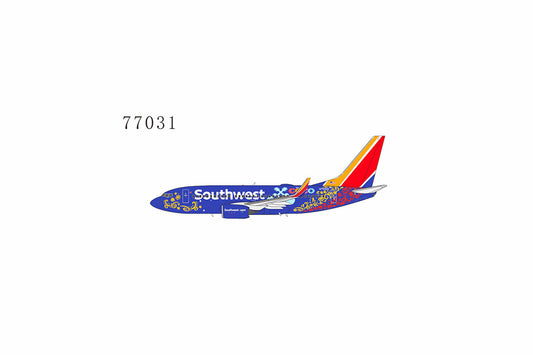The Original Die-Cast Models

The first die-cast models were actually miniature toy cars made by the Dowst Brothers in the United States in the early 1900s. These models were made of lead and zinc and were popular among children. But it wasn't until the 1930s that die-cast airplane models began to take off (which makes sense if you know much about the history of aviation, the first flight wasn’t until 1903).
The Tootsietoy company, known for their toy cars, was the first to produce die-cast airplane models in the 1930s. Initially marketed to children, these models soon gained popularity among adult collectors as well. And from there, die-cast airplane models took off and became a popular collectible among aviation enthusiasts.
Early Die-Cast Airplane Models
One of the earliest companies to produce die-cast airplane models was Dinky Toys in the UK. They produced a range of models from the 1930s to the 1970s, including military planes and commercial airliners. In the US, the first company to produce die-cast airplane models was the Hubley Manufacturing Company, which produced a series of military planes in the 1940s.

Introducing: Gemini Jets
But it wasn't until the 1980s that die-cast airplane models really took off as a collectible item. This was due in large part to the introduction of the 1:400 scale by GeminiJets, which allowed for highly detailed models that could be produced relatively inexpensively. This scale quickly became the most popular among collectors and remains so to this day.Modern-day Models
Today, there are many manufacturers of die-cast airplane models, including Gemini Jets, Herpa, Inflight200, and more. Each company has its own unique style and approach to producing these highly detailed replicas. Some manufacturers focus on commercial airliners, while others specialize in military planes or general aviation aircraft.
In recent years, there has been a surge in popularity for models featuring iconic airline liveries. For example, Delta Airlines' classic widget livery from the 1970s and 80s is a favorite among collectors, as is Southwest Airlines' original "Gold" livery from the 1970s. United Airlines' "Battleship" gray livery from the 1990s is also a popular choice for collectors.
But it's not just about the planes themselves. Collectors also appreciate the history and significance behind each model. For example, the GeminiJets "Freedom One" model commemorates the special livery applied to a Southwest Airlines Boeing 737 in honor of the victims of the 9/11 terrorist attacks. And the Herpa "Lufthansa Junkers F.13" model pays homage to the first passenger aircraft flown by Lufthansa in the 1920s.
Die-cast airplane models have come a long way since the early days of Tootsietoy and Hubley Manufacturing. They have become a beloved collectible item for aviation enthusiasts, offering a glimpse into the history and significance of each aircraft. Whether you're a fan of Delta Airlines, Southwest Airlines, United Airlines, or any other airline, there's sure to be a die-cast model airplane that captures your imagination.
Frequently Asked Questions
What is a die-cast model airplane?
A die-cast model airplane is a miniature replica of a real airplane made of metal alloys, plastic, and other materials. These models come in various scales, with the most popular being 1:400 and 1:200 scales.
What are some popular manufacturers of die-cast model airplanes?
Some popular manufacturers of die-cast model airplanes include GeminiJets, Herpa, Inflight200, and more. Each manufacturer has their own unique style and attention to detail, making them a favorite among collectors.
What are some popular airlines that are featured in die-cast model airplanes?
Delta Airlines, Southwest Airlines, and United Airlines are some popular airlines that are featured in die-cast model airplanes. These airlines have a rich history and have been celebrated in the world of aviation for their contributions to the industry.
How do collectors store and display their die-cast model airplanes?
Many collectors use display cases to showcase their die-cast model airplanes, while others use bookshelves or other storage solutions. It is important to keep the models in a cool and dry environment and to dust them regularly to maintain their appearance. Collectors also enjoy sharing their knowledge and stories about each aircraft, building a community around their shared love of aviation.




